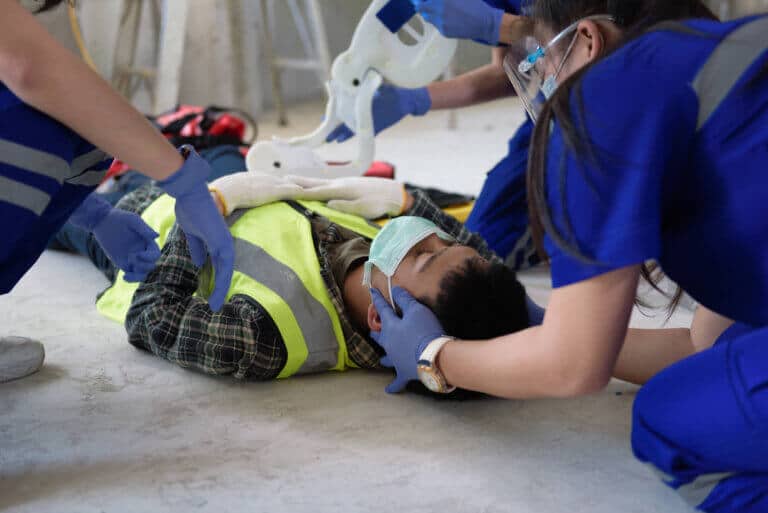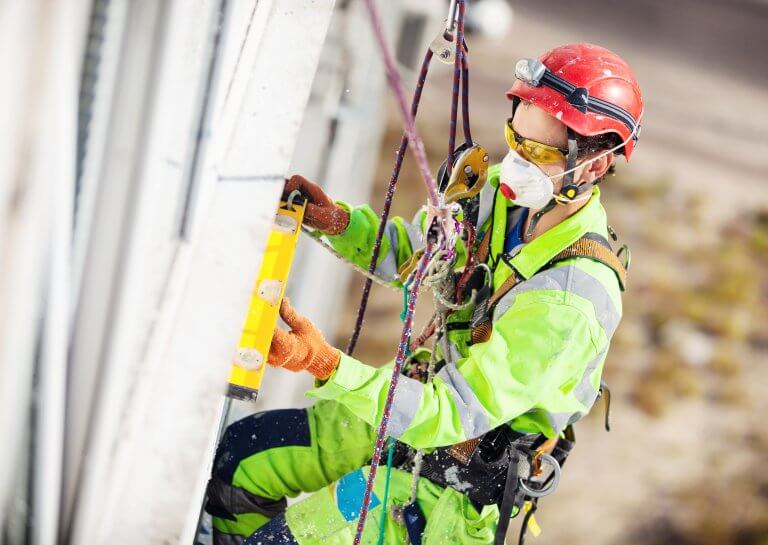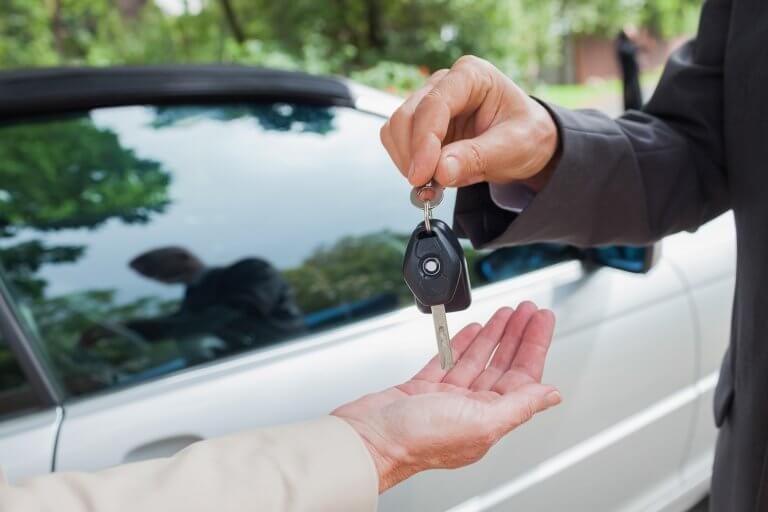Mobilizing a company’s cargo on time is vital to ensure its presence and competitiveness in the markets. However, it is also necessary to have an appropriate guideline of action, in case the driver of the vehicle and his companions are involved in a truck accident.
Distribution logistics is part of the vital networks for the development of any company or organization, especially those productive units that are based on land freight transport to get on time their products or services to the markets.
This translates into the fact that a large part of the current vehicular circulation corresponds to freight transport to or from companies, carried out both by their own vehicles and those of external companies. Process that in a high percentage involves trucks of more than 3,500 kg of gross vehicle weight.
Only in our country, more than 90% of all internal cargo is moved by trucks. This means that nearly 150,000 of these vehicles drive through streets and highways every day to deliver everything from food products to minerals for export.
This, in turn, implies a high probability of suffering an accident on the way, either due to mechanical causes or the driver’s recklessness. This usually leads to serious consequences for all those involved, since they are vehicles that move large masses and, consequently, can cause a high level of personal and material damage.
What we can do
According to a recent report by the Undersecretary of Social Welfare in Chile, about 90% of work-related accidents resulting in death occur on board a truck, either on the way to or from work, or inside the tasks themselves.
Given this scenario, it is convenient that those responsible for the transport and risk prevention area of each company educate their carriers (own or subcontracted), so that they drive responsibly, with the aim of reducing this accident rate as much as possible.
However, as accidents can also happen due to other variables such as weather conditions, mechanical failures, poor road conditions, malicious acts or recklessness of other private drivers, it is also important to develop a guideline of action that allows the truck driver and his companions, react appropriately after an accident. This, in case its consequences have not physically or mentally incapacitated them.
In this sense, it will be of great value to have an app or digital tool that allows the design and application of an electronic checklist that can be verified immediately after suffering or participating in an accident involving the heavy vehicle.
This would make it possible to verify, for example, the status of the truck or its load, and at the same time compile a list of variables that can be valuable for later processes, such as, for example, filing police reports, opening legal proceedings or enforcing the respective existing insurance policies, among other possible options.
Guidelines for a post-truck accident checklist
If the accident has not caused serious injuries to the truck driver, it is recommended to take the following steps (its order may vary depending on the characteristics of the previous guide already established by each company).
- Make sure you are not hurt
After being in a heavy-duty truck collision (whether with another truck or private vehicle), do a quick self-examination for minor or serious injuries. Once this step has been completed, you must call immediately an emergency medical service or the police, especially if any injury or bleeding is noticed.
If the driver is unable to perform this task, the co-driver or passenger must do it. And if you verify the presence of serious injuries, it is advisable not to move and wait in the same place for the arrival of emergency personnel.
Remember that, no matter how minor the accident, you should always seek medical help. Although there are no visible injuries, there is still a risk of having suffered a contusion or some internal injuries, which must require immediate attention so that they do not affect the health and life of the people injured.
It is also necessary to call the police so that their agents take note of what happened and make the respective report.
- Check the status of the co-pilot
The vast majority of carriers, especially those that operate within cities, usually travel with one (and up to two companions) who collaborate in the loading and unloading processes. Therefore, if the physical state allows it, the driver must make sure that the co-driver or his companions are in well conditions. If everyone has minor injuries, first aid must be applied using the implements contained in the vehicle’s first-aid kit.
If the situation requires more intensive care, you have to call and wait for the emergency medical services to arrive, accompanying the most seriously injured and trying to make them as safe and comfortably as possible.
- Move to a safer place
If the impact did not cause any disabling injuries to the driver or his companions, it is advisable for everyone to get out of the truck and move away from the roads, especially if the accident occurred on a highway with high and speed traffic flow.
In the same way, if it is still safe to drive the truck, it must also be removed from the road or traffic lane, so as not to cause problems, jams or other accidents between the vehicles that come behind. However, if the impact was very severe, and the vehicle is not moving, it is best to leave it where it is, get out, and wait for help to arrive in a safe area by the side of the road.
- Wait for help
If the driver and his companions decide to move away from the vehicle, they must always turn off the engine and use reflective triangles or other safety features to mark its position and warn other drivers behind.
Never leave the scene without waiting for the police or medical personnel to arrive, neither let alone walk or roam the road, especially if there are any injury, because this can aggravate the health and integrity of the driver or their companions. The best thing to do is wait for help to arrive, or cooperate to calm and assist others involved in the accident.
- Share and exchange information
Only when there is certainty that the driver and the rest of the people involved in the accident (especially his companions), do not have serious injuries, we could exchange the contact and insurance information with the other driver.
This data should always include:
– Location of the accident.
– Full name and contact information (identifying the company, if applicable).
– Insurance company and policy number.
– Driver’s license and plate number of vehicle.
– Make, model and color of the vehicle.
- Document the scene
Once the police arrive at the scene, it is convenient to obtain the name and badge number of each of the uniformed officers who come to take the procedure. You should ask the officer in charge, where the respective complaint should be made and how to obtain a copy of it.
It is also important to thoroughly document the accident, taking pictures of the truck and the other vehicles involved, from different angles, and showing all the damage caused to each of them and to the cargo (and other surrounding structures if applicable).
- Collect eyewitness accounts
As far as possible, talk to witnesses to the accident, write down their names and verify their contact information. These data will be valuable in case the police need testimonies to corroborate the version that the driver gives of the facts in his official statement (both for the purposes of the judicial process and for the collection of the respective policies).
- Contact the company
This must be done as soon as possible, so that the legal representative and those in charge of logistics or security take the steps to activate the respective insurance and remove the vehicle and its cargo, once authorized by the competent authorities.
Download the DataScope app and start now!
DataScope is the ideal tool to eliminate paper use, save time, and efficiently collect data from the field. It allows companies to streamline, organize and evaluate field work thanks to its online forms, which provide indicators in real time, 100% adaptable to any area.
With DataScope, your team can answer custom mobile forms from their phones or tablets, online or offline, through the app.







